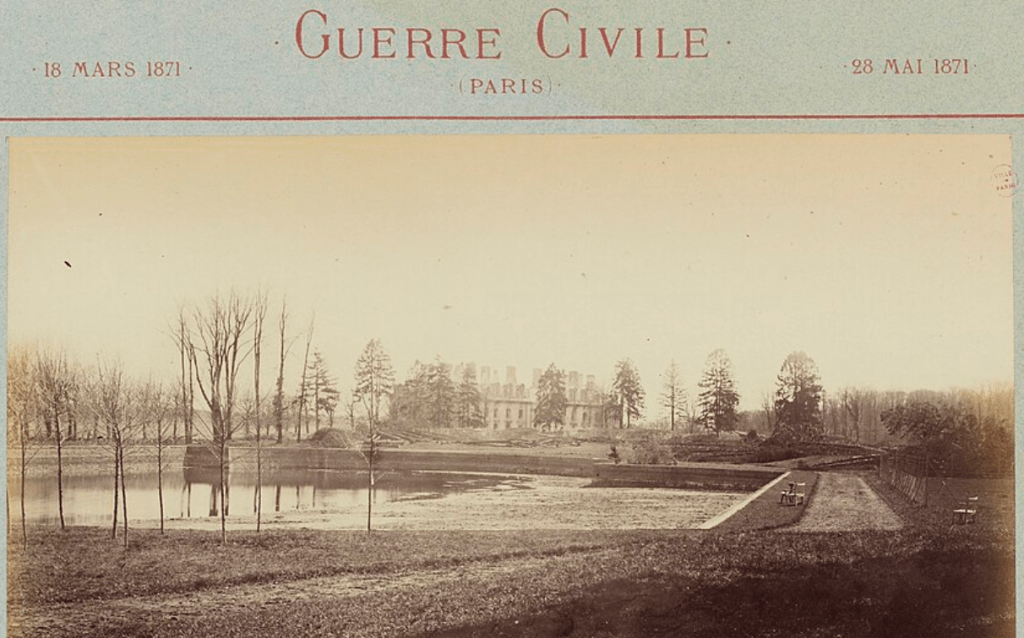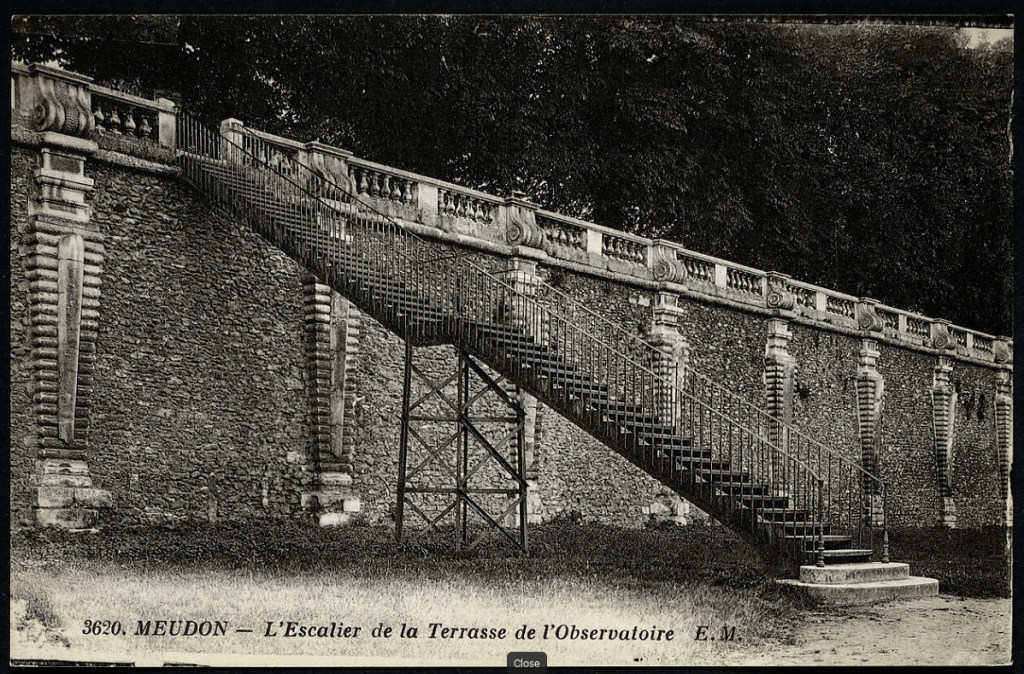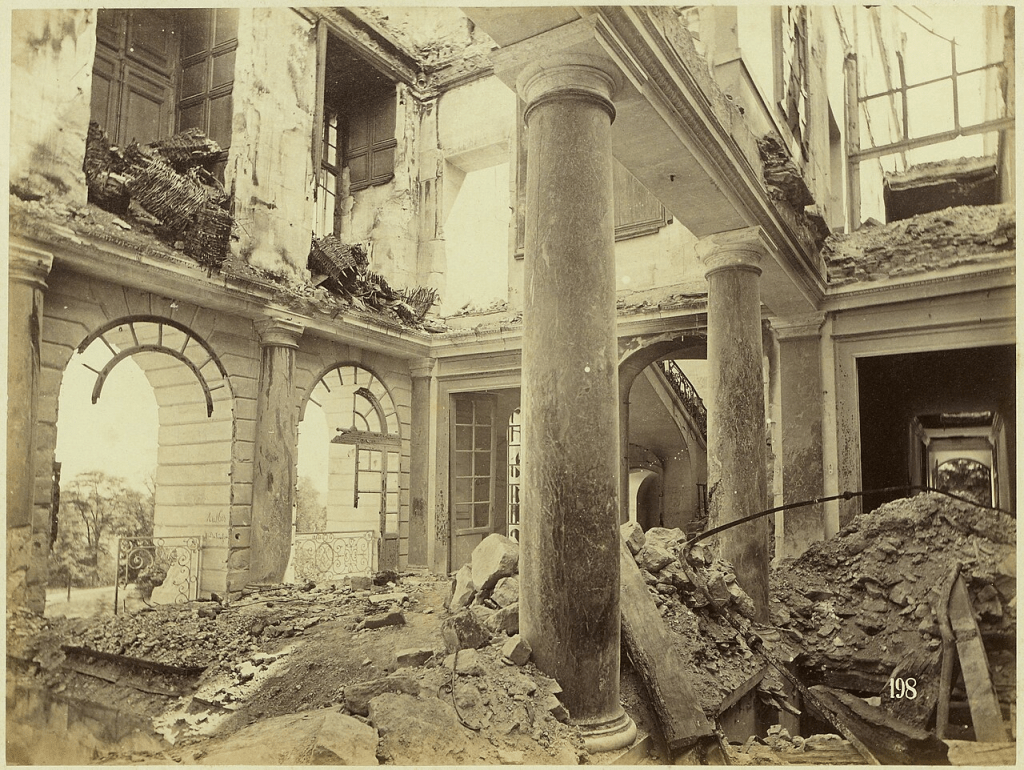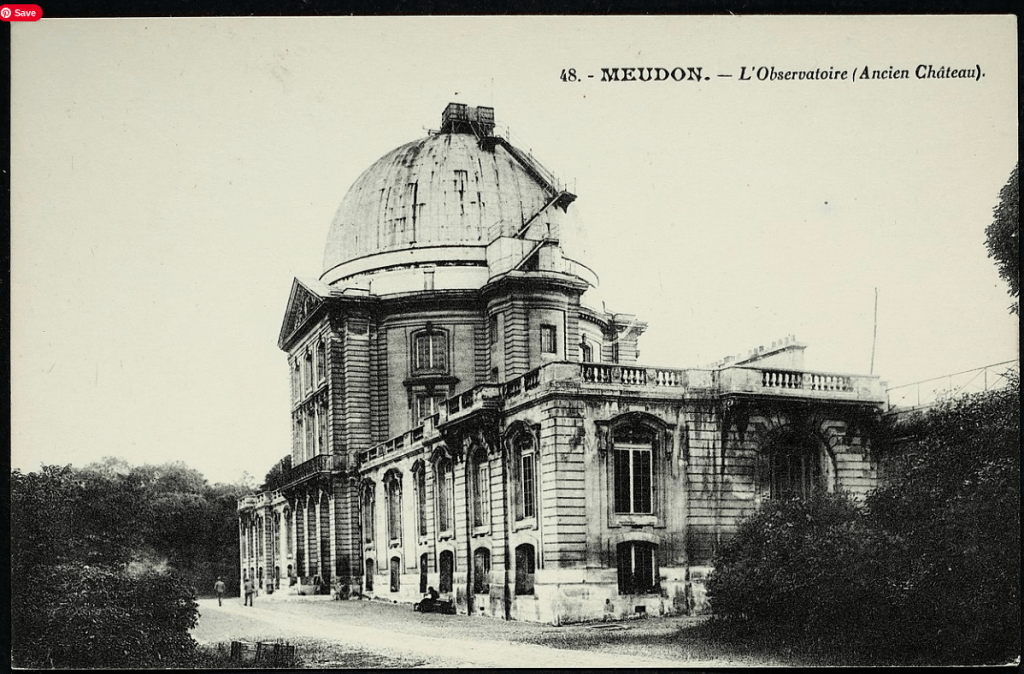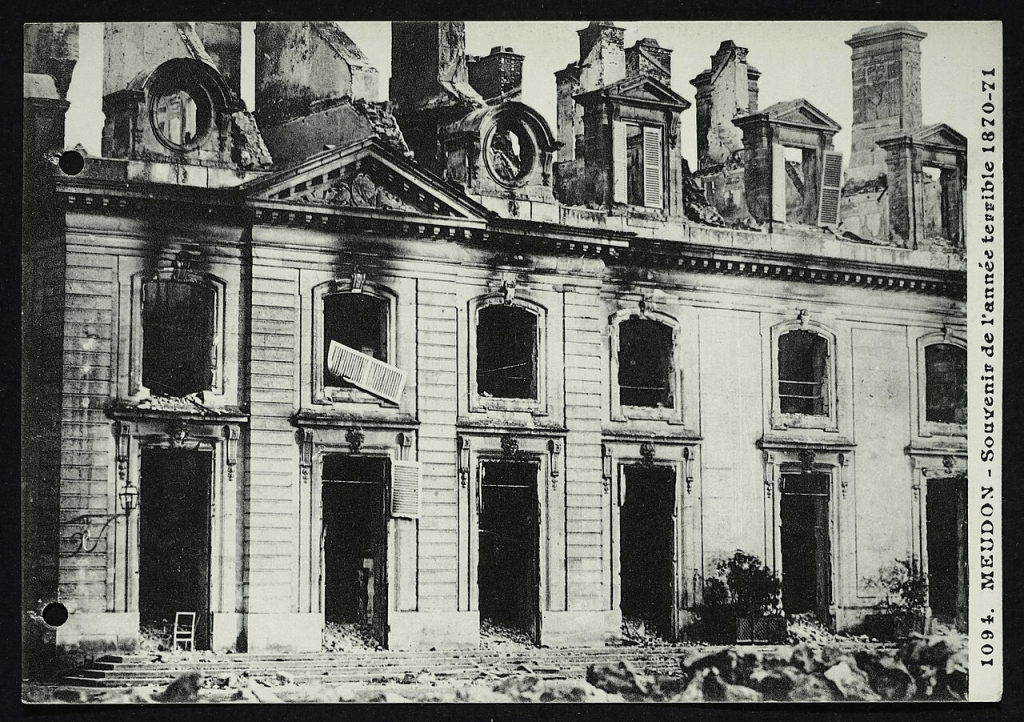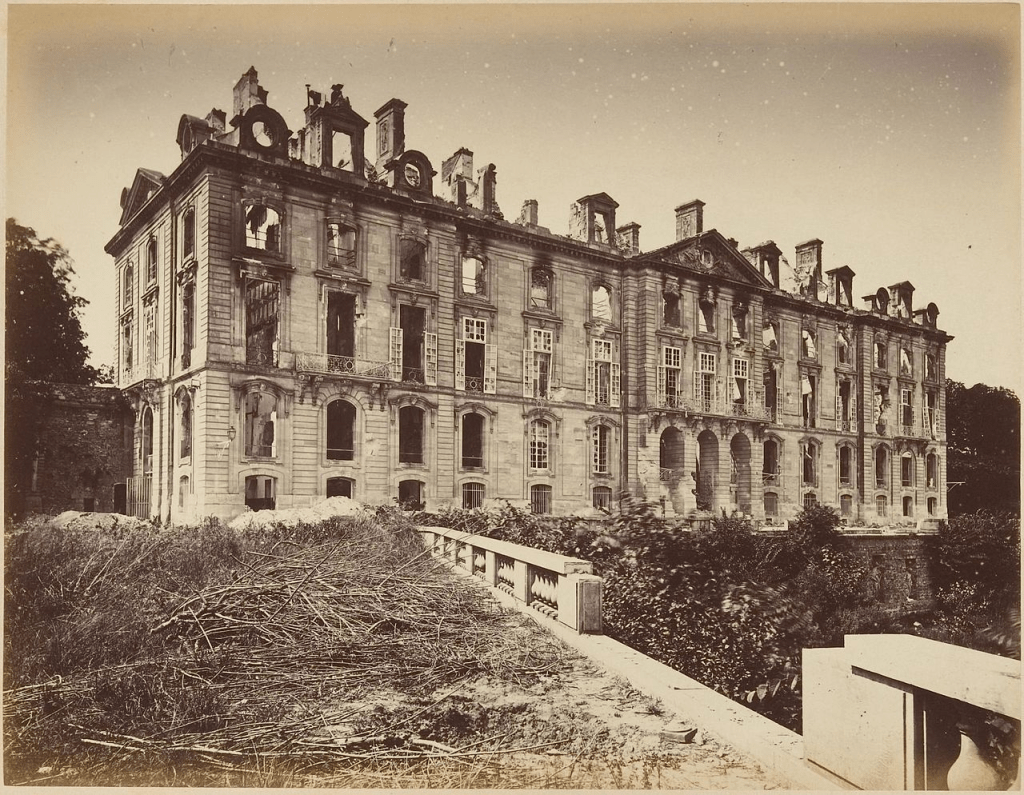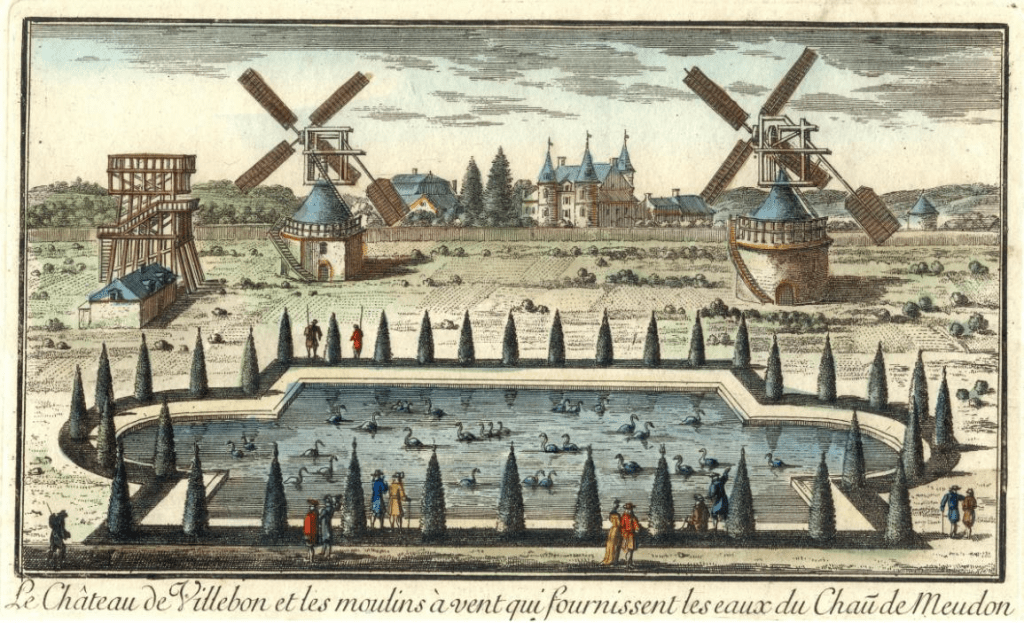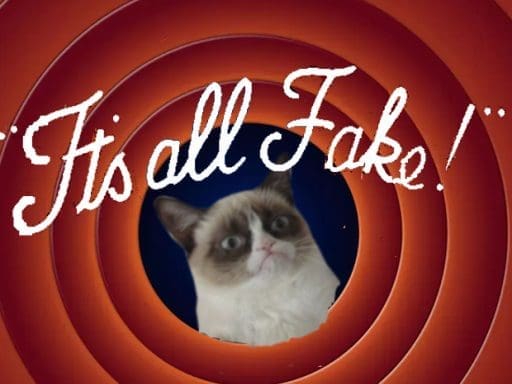
The Birth of Globa’elism as a Political Movement
The Universal Expo of 1900 is renowned for its Celestial Globe as an iconic feature of Paris. There is progression in all things, including the tangible Globalist movement, so we have to go fyrther back to find the proto-globe. 1889 has a globe too and while the agendas are the same the structures are not. There were several contenders, the following excerpt comes from Reclus, a pastor’s son… (I dont see how Reclus could not be a pun on words.) The building has a square facade like a regular building, attached to a hollow egg-shaped structure with a 40 meter globe in the center and wrap around ramps encircling the entire display for goers convenience.
“The sphere is, of course, the true shape of the earth. “The globe prevails over the map by the character of truth: it represents the planet in its exact structure, is modeled exactly on the true contours”. Reclus repeatedly reiterates the need to stick to reality: the artificial globe must exactly reproduce the Earth ball. This is particularly true for the curvature, which is different at the poles and at the equator.
The globe must, according to Élisée Reclus, place the earth and its physical study at the foundation of geography. Starting from a single ball on which men should necessarily live in harmony, The globe that he wants us to see is therefore a political object in the strong sense insofar as it is the image of a harmonious earth where human fraternity can be accomplished. Its Globalism.
In his prophetic flashes, Reclus glimpses this golden age where men, reconciled with the ball of nature, will create both anarchy and geography. The natural harmony embodied by the globe is the realized utopia of human societies.
Library: The globe must show the unity of the earth, and will therefore be enriched by documents intended to complete and animate it. Views, photographs, engravings, drawings or relief maps will bring the complement of life that cannot be expressed directly on the globe. “Thousands of views, landscapes, types of men and animals, characteristic scenes will be placed in a moving diorama in the interior panels of the envelope, opposite the corresponding geographical shapes depicted on the convexity of the globe.
The search for truth animates all its argumentation and prohibits any compromise: “The ideal of scientific truth pursued by us obliges the constructors to give our globe the true curvature of the spheroid, the globe must not contain any errors and its construction must incorporate scientific rigor.”
The globe must extend to all cities. The globe offers a universal language, which is why it is a new Tower of Babel: “Currently, we are once again speaking a common language, that of scientific study; nothing prevents us from uniting even more closely than ever; the day has come when we can without fear resume the construction we have started. Let us hope that in the near future, each city will build its new “Tower of the Stars” where all citizens will come at ease to observe the phenomena of the Sky and learn about the wonders of Earth, the home planet!
» (Reclus, 1903).
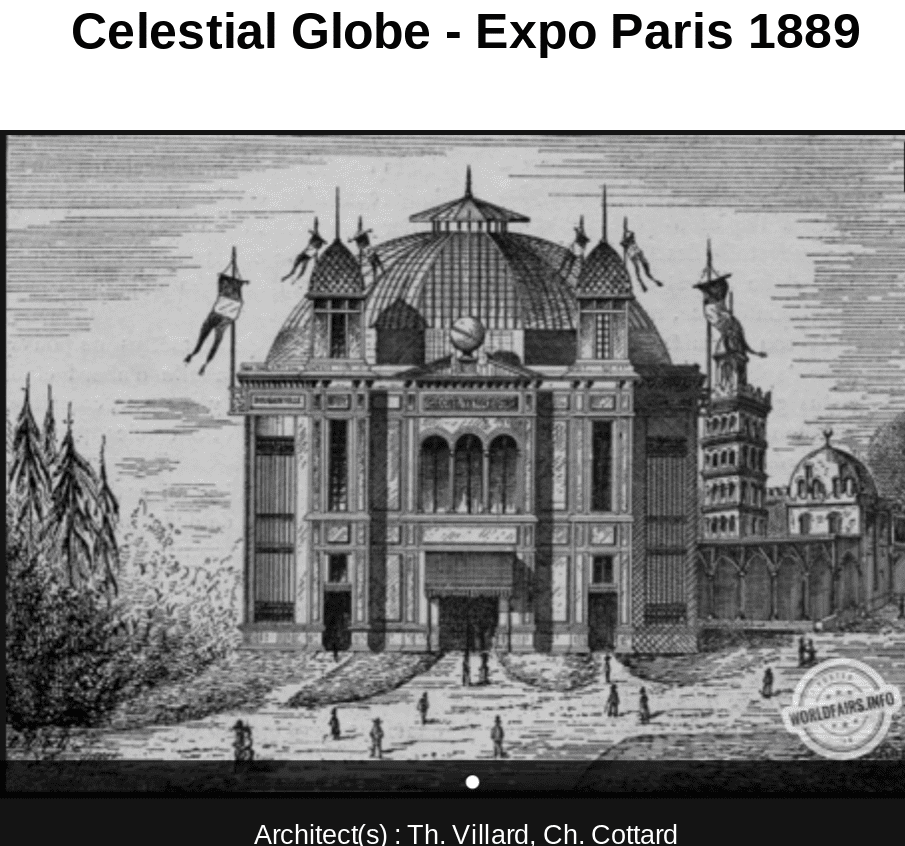




The globe project was the first time a detailed rendering of every piece of available data, the goal was to transform the map into the globe and insert the scientific fallacy into the minds of the population of the Orphan Class. The children were specifically targeted
Before him, most of the large globes intended for the public were concave: the design of the earth was traced on the inner face of the spheres; stairs and platforms allowed reverse observation of the Earth
“Of late years the expositions have changed greatly in character, and now appeal to vastly different Classes of people. In Paris they have become par exce,,ence places of amusment and diversion… It is with an eye towards these folks evolve weird plans which are to be veritible clous. One will propose to bring the moon within the range of a hundred meters by means of a giant telescope… For it is not so much the love of science as the love of gain that inspires these people.”
Baron Pierre Coubertin
The funny thing about this is Coubertin is one of the main organizers of the modern Olympic Games, Paris 1900 was the first set of games and with the fake background of the ancient Greeks its appropriate Pierre would make a promo like this.
The First Planetarium at the 1900 Paris Universal Expo


Globe had its own building at the 1889 Paris World fair, where the pendulum was displayed before moving to the underneath of the Eiffel Tower, featured left, at the 1900 fair.

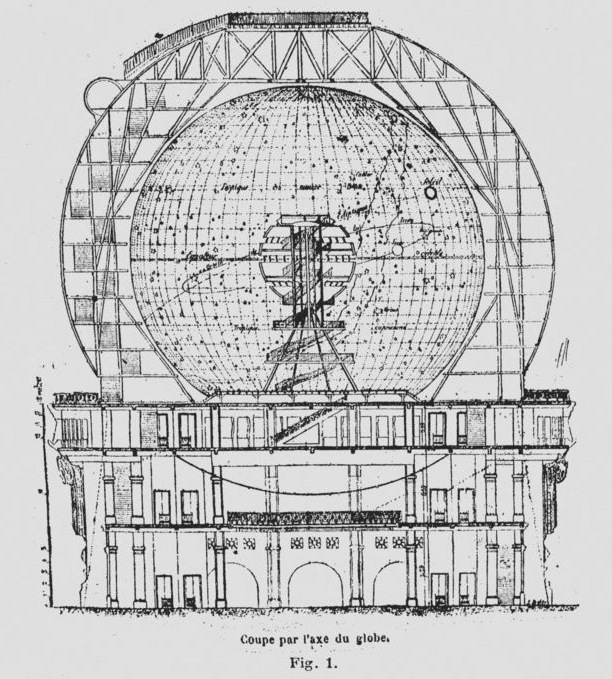
A guide to the exposition boasted that this telescope “is the largest device that has ever been built for exploring the sky and puts the moon just a few kilometers from the Earth.”
Biggest telescope in human his-story was at the 1900 World Fair in Paris. Since it was built for exhibit purposes within a large metropolis, and its design made it difficult to aim at astronomical objects, it was not suited for scientific use. When the year-long exposition was over, its builders were unable to sell it. It was ultimately broken up for scrap; the lenses are still stored away at the Paris Observatory. The company which had organized in 1886 to build the telescope declared bankruptcy after the Expo, and the telescope was put up for auction in 1909. No buyer was found and eventually the components were scrapped. The 2-metre (6.6 ft) diameter mirror is on display at the Observatoire de Paris, and two of the lenses have recently been discovered in packing crates in the basement. Due to its extremely large size, the telescope was mounted in a fixed horizontal position. Light from astronomical objects was redirected into the optical tube assembly via a Foucault siderostat, a movable plane mirror 2 m (6.6 ft) in diameter, mounted in a large cast-iron frame at the objective lens end of the telescope.
The thing is, they just admitted the telescope doesn’t work however in 1900 movie technology was just starting out, a small projection screen was set up which showed imagry said to be shown from the non-functioning telescope. The construction of the large telescope installed by Mr. François Deloncle at the Palais de l’Optique will allow photographs of the lunar surface to be taken at a very considerable magnification. If it is not true, as is commonly said, that the moon can be seen at the Palais de l’Optique at a distance of one metre, it is true that we have the illusion of seeing it at four kilometres, which is already a prodigious result. This mirror, subtracted from the rotation of the earth by a clockwork mechanism which gives it an equal and opposite impulse, collects the luminous radiation of the moon and sends it back through the two monster lenses of the objective to the one of the eyepiece. There, the image is received, magnified about 10,000 times on a screen; now, the moon 10,000 times magnified is the moon at about 80 kilometres. Instead of receiving the image of the eye on a screen, we can collect it on a sensitive plate, make a durable print which we then project with enlargement; we thus obtain a reproduction of the lunar disk covering 12 metres; a mass of 5o metres on the satellite appears like a fly. In a word, one has the illusion of seeing the star at a distance of 4 kilometres. It is only an illusion, because the photographic enlargement, as you can see, does not constitute a real approximation of the ocular image.
in the name of popularisation, he even allows himself to put shows of grandiose fantasy before the eyes of the public. In dioramas, he reproduces lunar landscapes; then he paints an imaginary journey in a star; finally, crossing the centuries as easily as space, he tells in twenty pictures the genesis of the earth. To these astronomical views is joined, in other rooms, the spectacle of all the miracles of light; all the discoveries of optical science, all the wonders of the fairground are gathered in this marvellous palace. In three quarters of an hour, the visitor passes through twenty-six rooms and attends sixty different shows.
Grande Lunette
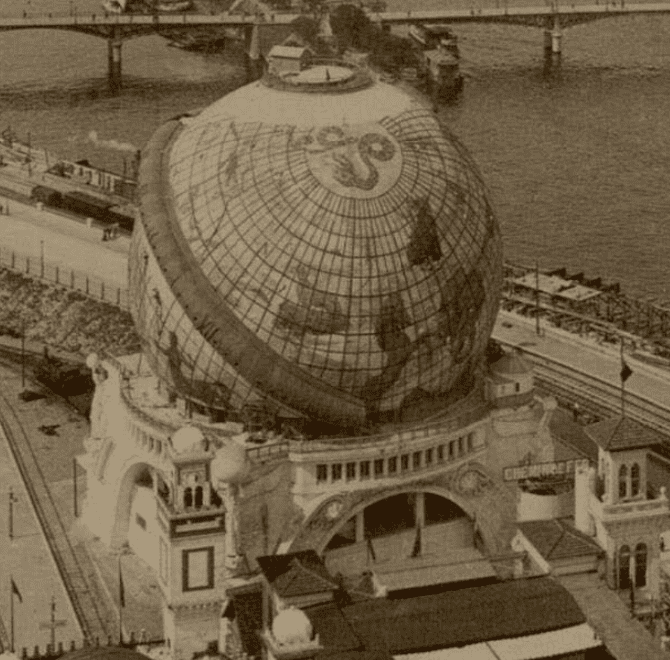

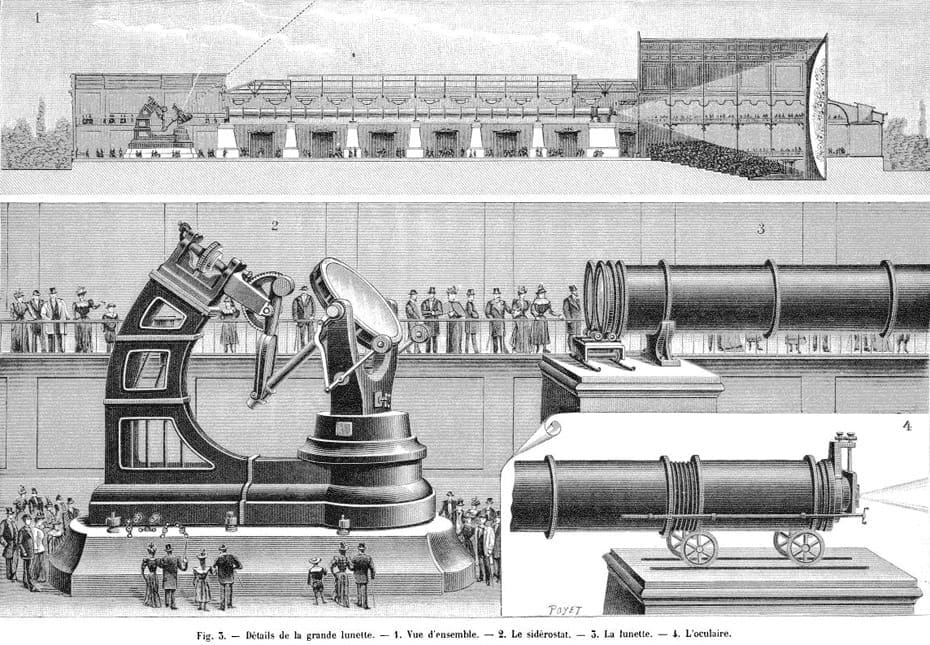
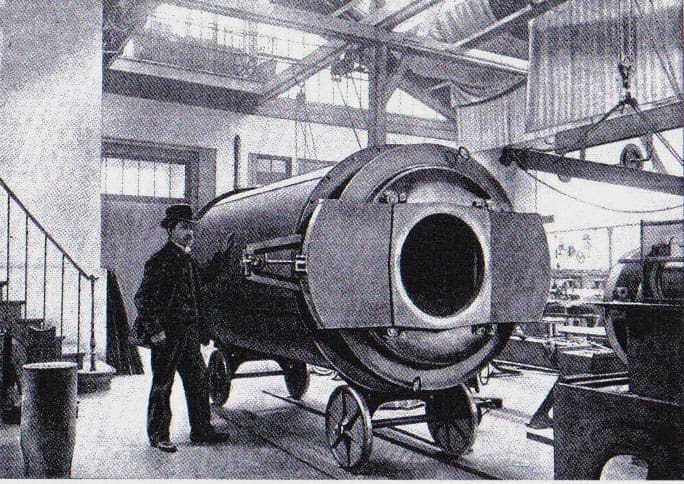

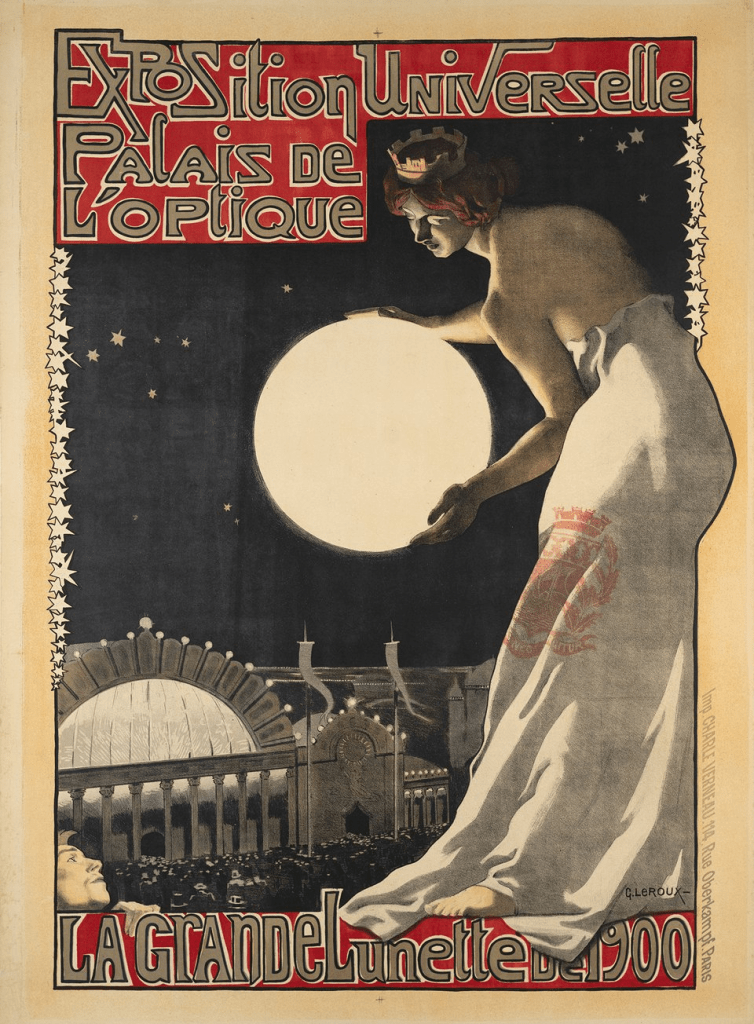





May Day Ritual Sacrifice
On April 30 a bridge collapsed going into the Globe. The headline is from the NYTimes, reads 6 dead on the scene and 3 more at the hospital, theres your 666 drop. April 30 is close enough to be May 1, which is the Fires of Beltane day, a day of ritual sacrifice, Labor Day to most of the world. The laborer is the sacrifical object in these instances. This was also on the busiest day of the Fair and had the highest attendance. This was a false-flag ritual sacrifice to Ba’el. Another red flag is the disaster happened on the avenue Suffern, as in Suffer’n Succotash
The bridge collapsed supposedly under its own weight. There were several new construction techniques being utilized at the time, the one employed by the workers that built the bridge was called the Materia method, a method that used thin wire mesh as reinforcing agent. This was a high profile case that made international headlines
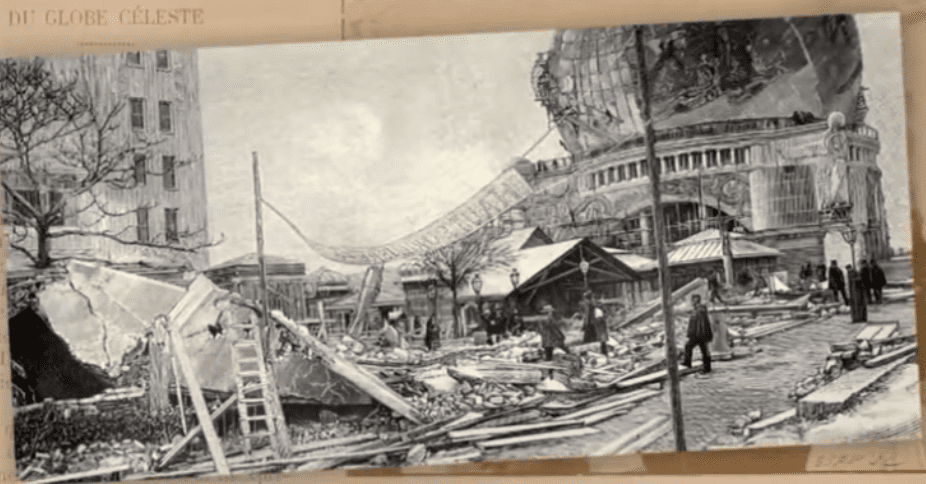
During the Universal Exhibition of 1900, a huge Celestial Globe was built near the Eiffel Tower. Supported by a base and four pillars 60 m high, the blue and gold sphere 45 meters in diameter displays the constellations and signs of the zodiac. For one franc and fifty, up to 100 spectators at a time can go inside and discover a smaller sphere – a central rotating Earth – from where one can contemplate the immense celestial vault and observe the real movement of the stars, planets and sun reproduced in the form of models. A few weeks after its inauguration, the attraction was made infamous by a dramatic accident: the footbridge that took visitors to the globe collapsed, causing nine deaths and several injuries. It is the material of the footbridge which is in question: reinforced concrete, which is still in its infancy. On April 29, 1900, the pedestrian bridge to the tourist attraction collapsed near Suffren Avenue, killing 9 people and injuring several others. The accident led the French authorities to an inquiry. The Committee on Reinforced Cement was created by the ministerial decree of December 19, 1900. A later judicial proceeding held the City of Paris responsible, condemning it for carrying out excavations too close to the bridge which led to its collapse
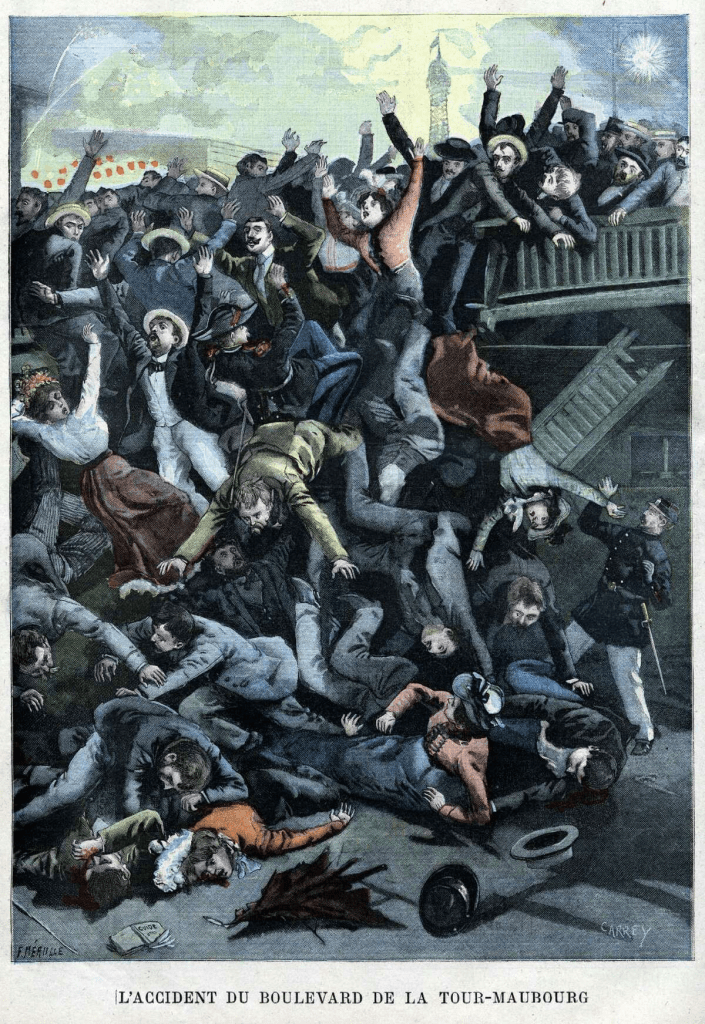
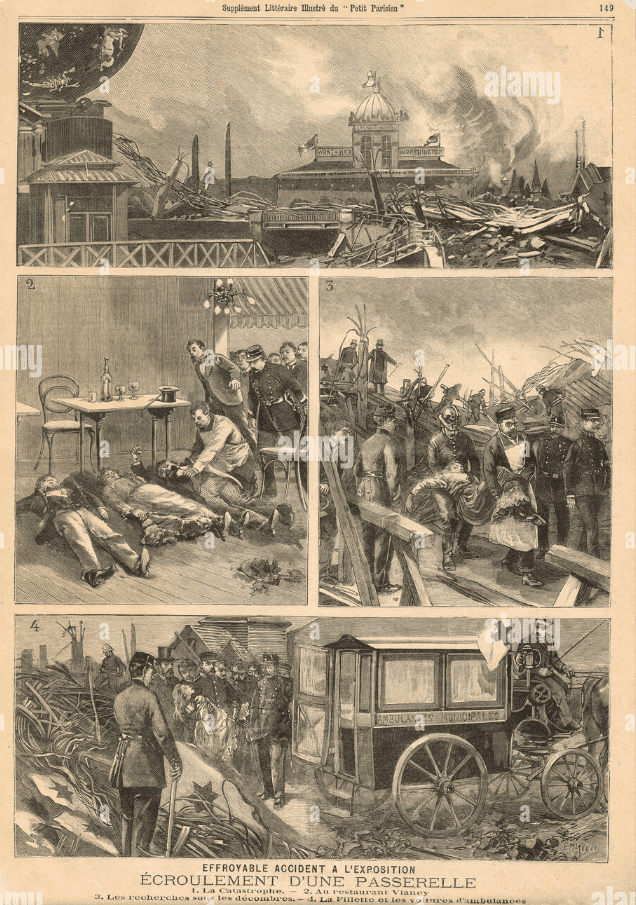

Faux-Could Siderostat
The piece that did all the business is the Siderostat, invented by Leon Foucauld. The apparatus consists of a flat mirror that the observer points at an object whose light bounces off the mirror and is directed through a magnifying glass which is projected through the other end.
After the end of the Fair the Grande Lunette hung around until 1909 or so bc nobody wanted the thing so she was scrapped for raw materials, minus the functional part which was stored in the basement of the Paris Observatory and forgotten. Recently the mirror was rediscovered and put on display.
Foucauld is also important in our narrative bc he is the same guy credited with developing the pendulum that ‘proves the Earths rotation. The Foucauld Pendulum swings from the Pantheon still today and was devised for the Crystal Palace Expo in 1851. This is an illusion that as a pendulum ticks left and right there will also be a rotational movement as well due to the Coriolis Effect. The same sleight-of-hand parlor trick is im play with the lunette.



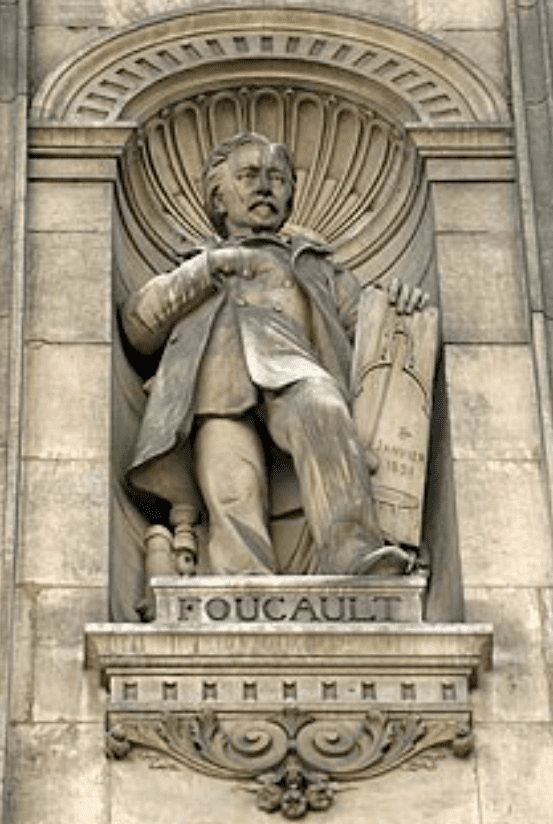

Foucault also has a statue at the Hotel de Ville, his own stamp, and his name etched in the Eiffel Tower.

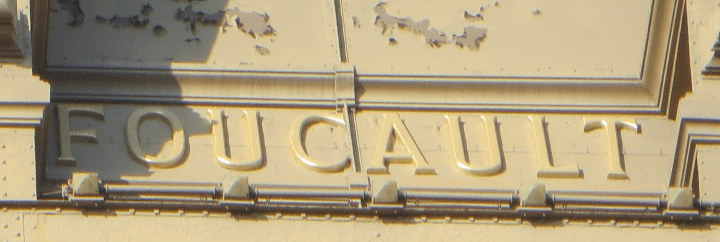

The design is based on an image from the groundbreaking film by Georges Méliès, La lune à un mètre (1898), more famously known by its alternative title (The Astronomer’s dream).It was used to advertise one of the most popular attractions at the exhibition, a powerful telescope known as La grande lunette. Constructed specifically for the exhibition by Paul Gautier, the telescope was the centerpiece of the Palais d’Optique, and was advertised under the rubrique La lune à un mètre (The moon from a distance of one meter).With the aid of this telescope, views of the moon’s surface were displayed on a giant screen; these images were produced by the astronomers Maurice Loewy and Pierre Henri Puiseux as a series of large photographs which were printed for the public in stereoscopic and carte de visite format.
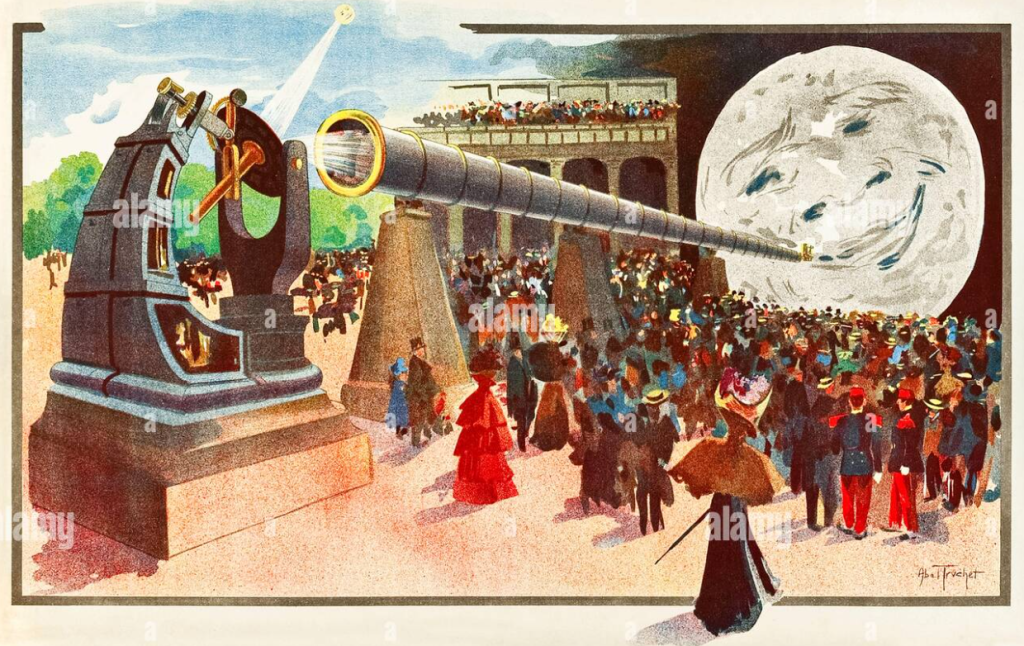
This is the connection we have been looking for. I have not been able to find the images or dioramas projected on the screen in the Palace but here is some of the imagery provided by Georges Melies (good pun Me- Lies…) Melies directed all the footage of the 1900 Paris Expo and his relationship with Edison is treated as isolated and unconnected, neither partners nor rivals. He was one of the first movie makers, especially in the sci-fi/fantasy arena.
Melies got his start on the stage magician circuit, specifically at the Robert Houdin Theater, which connects him to the Houdini act. Other similar type acts were the mentalist, illusionist, hypnosis gigs, all would be the base for the movie industry. His Star Film Company is a thinly veiled reference to Lucifer carried the sigil of the 5-pointed star..
Space imagery and star-gazing technology developed right alongside with the movie camera so these parlor tricks would also be the foundation for what would eventually become NASA acts such as the Moon Landing. Star Films also made historical documentaries such as Cleopatra’s Tomb and the Wreckage of the USS Maine, the sunken vessel used to justify the Spanish American War. He also was among the first porn producers with titles like Peeping Tom at Seaside and was making ads for whiskey and baby food, i.e., the commercial. So we can can see from the start that the film industry was created by mind control handlers as a weapon for Consumerist and fake history agendas.
Another movie he made in the political arena was called the Dreyfus Affair, this is little known today and less understand in its proper context. The Dreyfus Affair is a mock scandel about accusations of antisemitism in the military and treason centered around smuggled documents regarding a wireless telegraphy station on top of the Eiffel Tower. This might be the first case of media hype and banning the movie as a promo stunt. Tensions were so high that fights broke out in the show houses causing authorities to ban showings. The ironic part is the Tower was part of the original wireless grid, not just a simple telegraphy station.
The Babylon System had been pumping out propaganda in the decades working up to the time the technology was advanced enough to take the lead in the science arena. Novels like Jules Verne’s, From the Earth to the Moon, its 1870 sequel Around the Moon, and H. G. Wells’ novel The First Men in the Moon are only a few.
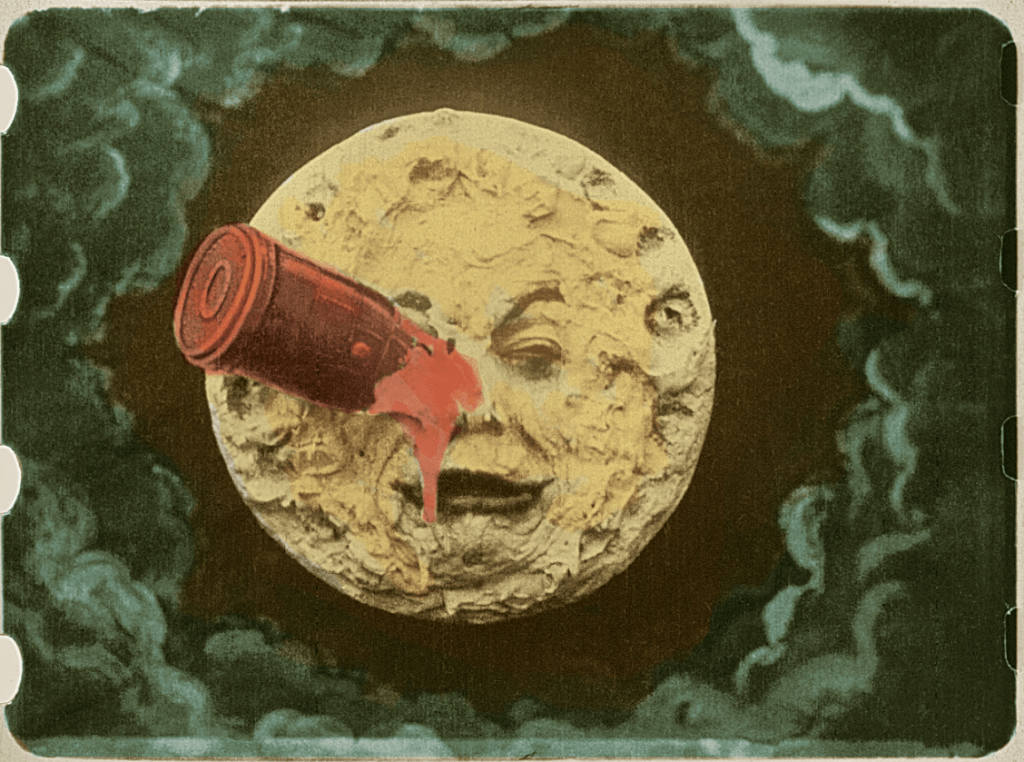
In the film below Melies plays the wizard the is visited by Satan and the Moon Goddess which prompt him to sketch the globe on the chalk board, this is pretty clear what the message is.
Observatory

